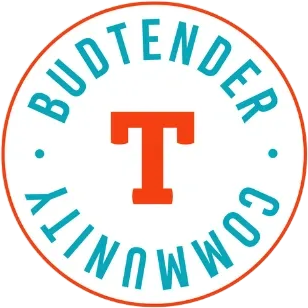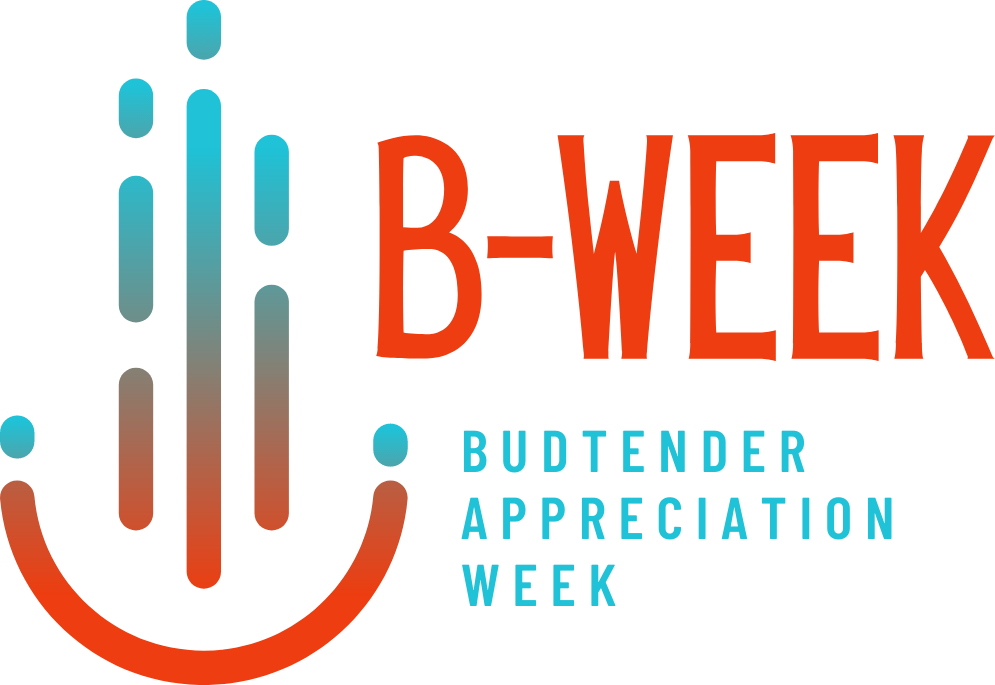A new study has found that the majority of young adults do not comprehend the levels of tetrahydrocannabinol (THC) in the advertised marijuana edibles. However, researchers have suggested a new manner of communicating the concentration of THC as well as other information on the product labels.
The new study tested the efficacy of THC labeling on marijuana edibles. Between 2015 and 2016, research shows that in the United States, about ten percent of the adult population and approximately twenty-four percent of the youths had consumed marijuana within the past year.
And since then, marijuana consumption has been on the rise. A study conducted on teens in the state of California showed that thirty-three percent of teens in grades 9-12 had consumed marijuana at one point in their lives and that the majority of them had consumed edibles.
Edibles include products such as cookies, brownies, and candies that are infused with marijuana. Over the last couple of years, marijuana edibles have gained immense popularity. This has raised concerns because their marketing is almost similar to that of ordinary sweets; thus, attracting underage consumers. Most often, consumers underestimate the effect of marijuana edibles because they may not be aware of the THC concentration therein. THC is the psychoactive compound of marijuana.
The new research sought to shed light on the ways to determine the level of THC in edibles as displayed in the labels as well as how different labeling systems communicate the information to young adults.
The final and corresponding author of the study, is a professor at the University of Waterloo School of Public Health and Health Systems in Canada, Prof. David Hammond. The research findings can be found in the Journal of Drug and Alcohol Dependence.
The motivation to study and examine the levels of THC in edible marijuana product labeling is because using the THC number to express the product potency has little meaning to young consumers in Canada, Prof. Hammond explained.
He further said that for years people have struggled to understand the details on food packages. And, it is more challenging for marijuana consumers to understand the THC numbers indicating the potency of the marijuana product listed on the product labels.
Prof. Hammond and his team of researchers conducted two experiments to examine how well various labels transmit information about marijuana potency.
They conducted an online survey where they used 870 respondents between the age of 16 -30 in Canada.
In the first experiment, the researchers used three labeling conditions, no label, a label that explained the THC content in milligrams, or a label that used ‘doses’ of THC per package, and assigned the respondents randomly.
In the second experiment, the researchers used the traffic light system to indicate potency. Green was low and red high potency. During this experiment, they also tested the effectiveness of no labels, labels with percentages, and those with THC in milligrams.
The researchers found that labeling in doses per package elicited the best understanding of a serving of THC, with over 54% of the respondents attesting to it.
The traffic light system also enabled the respondents to identify the THC concentration, whereby 85% of the participants accurately identified products with low THC levels, and 86% identified products with high levels of THC.
In conclusion, Prof. Hammond and his team of researchers said that few consumers could understand and apply quantitative THC labeling.
The study findings further suggest that other products such as oils, concentrates, and buds will need more straightforward THC labeling.
Experts say that this research provides a lot of food for thought for marijuana industry actors like Willow Biosciences Inc. (TSX: WLLW) (OTCQB: CANSF) since they will prompted to rethink how they convey product information to their intended customers.
About CNW420
CNW420 spotlights the latest developments in the rapidly evolving cannabis industry through the release of two informative articles each business day. Our concise, informative content serves as a gateway for investors interested in the legalized cannabis sector and provides updates on how regulatory developments may impact financial markets. Articles are released each business day at 4:20 a.m. and 4:20 p.m. Eastern – our tribute to the time synonymous with cannabis culture. If marijuana and the burgeoning industry surrounding it are on your radar, CNW420 is for you! Check back daily to stay up-to-date on the latest milestones in the fast -changing world of cannabis.
To receive instant SMS alerts, text CANNABIS to 21000 (U.S. Mobile Phones Only)
For more information please visit https://www.CNW420.com
Please see full terms of use and disclaimers on the CannabisNewsWire website applicable to all content provided by CNW420, wherever published or re-published: http://CNW.fm/Disclaimer
Do you have a questions or are you interested in working with CNW420? Ask our Editor
CannabisNewsWire420
Denver, Colorado
http://www.CNW420.com
303.498.7722 Office
Editor@CannabisNewsWire.com
CNW420 is part of the InvestorBrandNetwork.



















